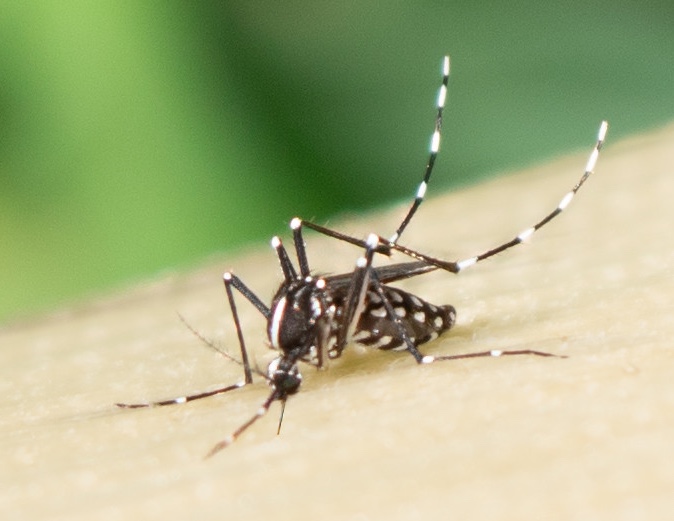Team: Mehdi Benkahla and Somayeh Sabouri
Type 1 diabetes (T1D) is an autoimmune disease characterized by increased blood glucose levels due to the destruction of insulin-producing β cells by the immune system, leading to a lifelong dependence on exogenous insulin. T1D is associated with the presence of autoantibodies prior to disease onset. The β cells are complicit in their demise by hyperexpressing HLA class I and presenting the antigen on their surface, consequently becoming more prone to CD8 T cells destruction. It has been shown that HLA class I (HLA-I) is upregulated in type 1 diabetic patients and especially in the insulin containing islets (ICIs), but it is not known if HLA-I is upregulated in the autoantibody positive (AAB+) patients prior to disease onset.
To explore the expression of HLA-I in the pathogenesis of T1D, we obtained pancreatic tissue sections from donors with T1D, donors with a positive autoantibody test (AAb+), and non-diabetic donors (ND) provided by the Network for Pancreatic Organ Donors with Diabetes (nPOD). The presence of HLA-I is being analyzed with high and resolution microscopy to assess: a) cellular sources of HLA-I within the islets; b) if there is an upregulation of HLA-I in AAb+ tissues compared to healthy patients; c) to define its internal distribution at the cellular level; d) to delineate the subcellular localization of HLA-I. Understanding if HLA-I can be expressed also in AAB+ donors (pre-diabetic) and its potential mechanisms in T1D pathogenesis is of great importance in the field.



